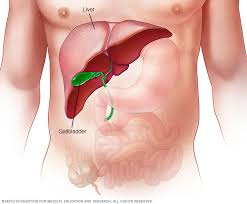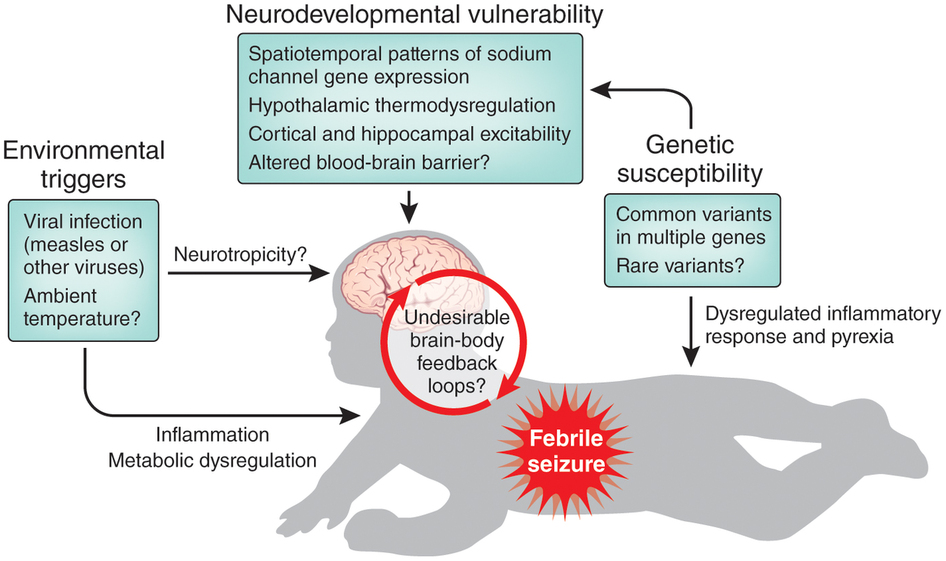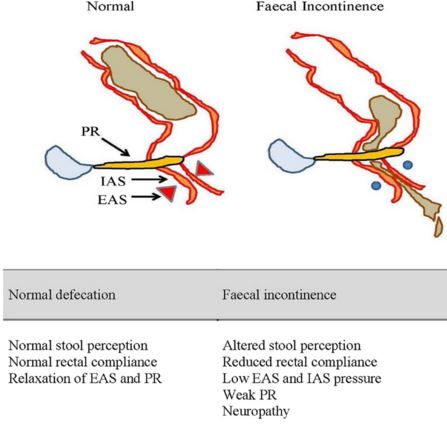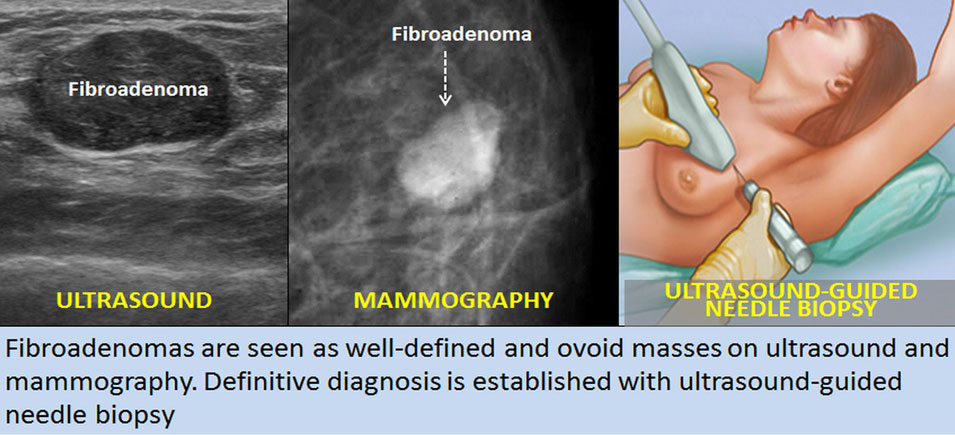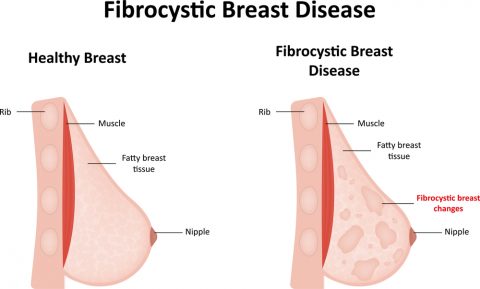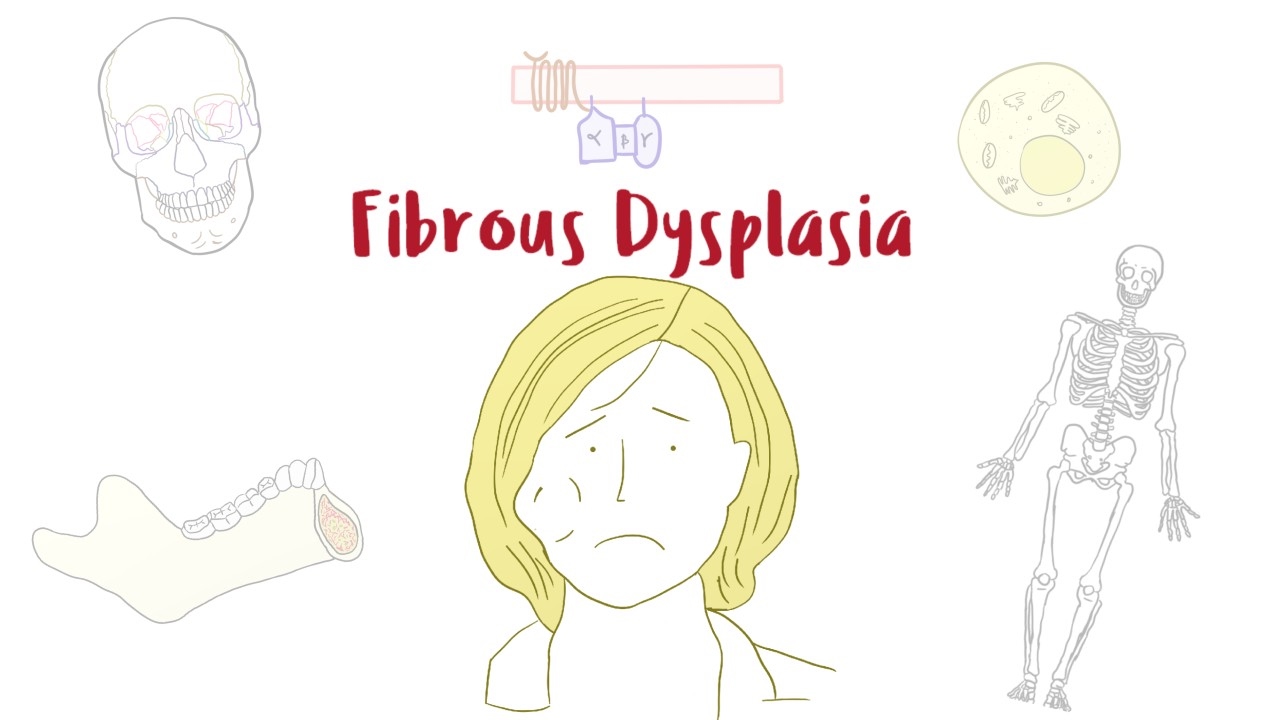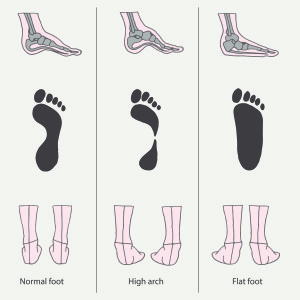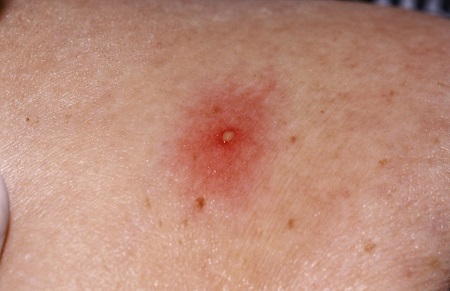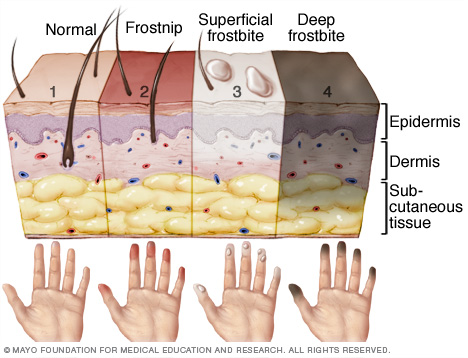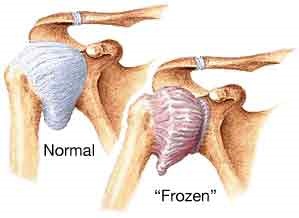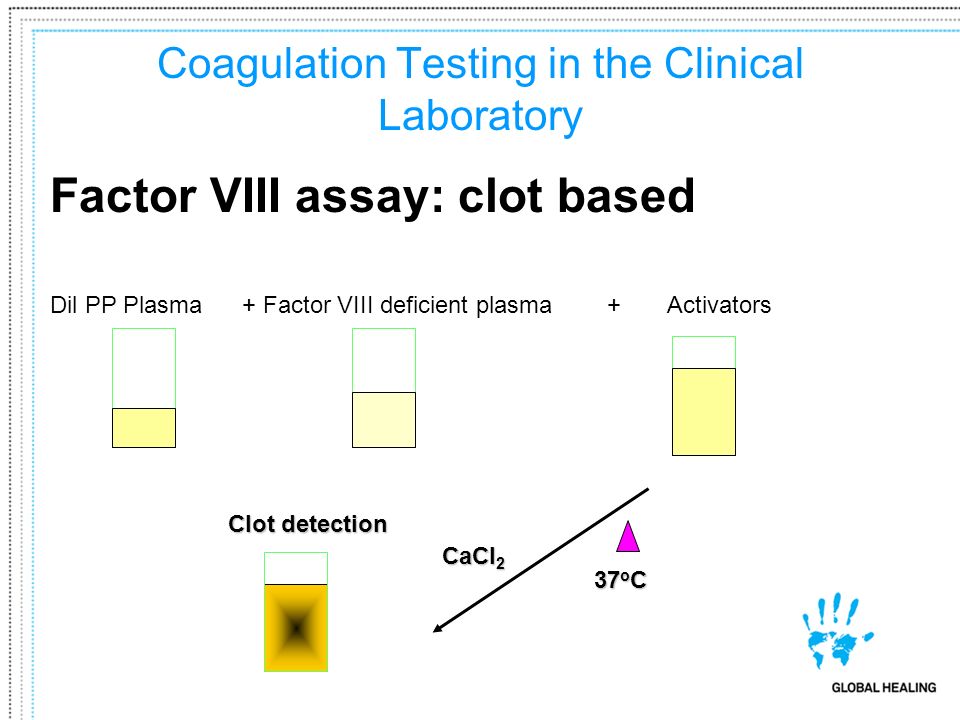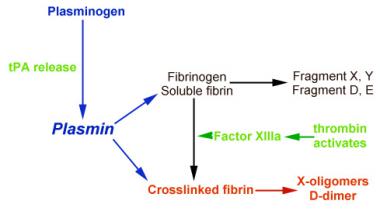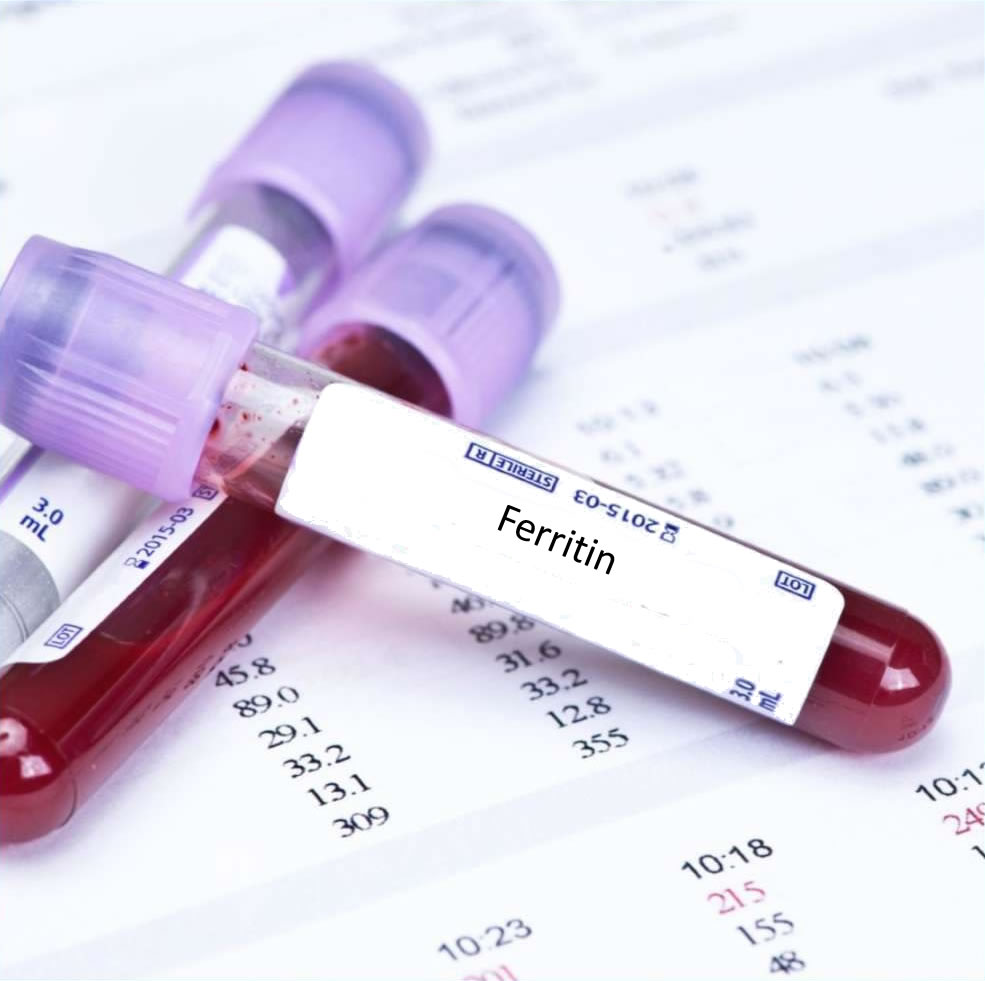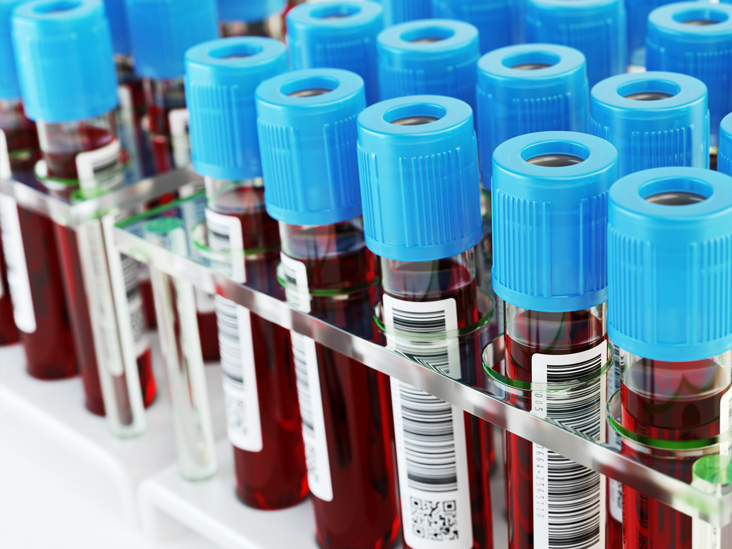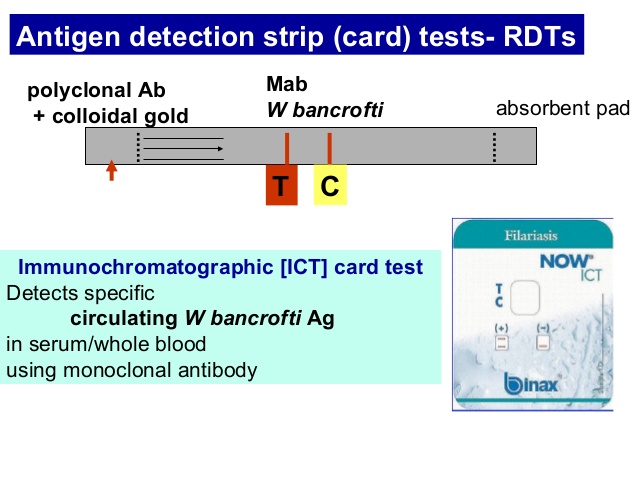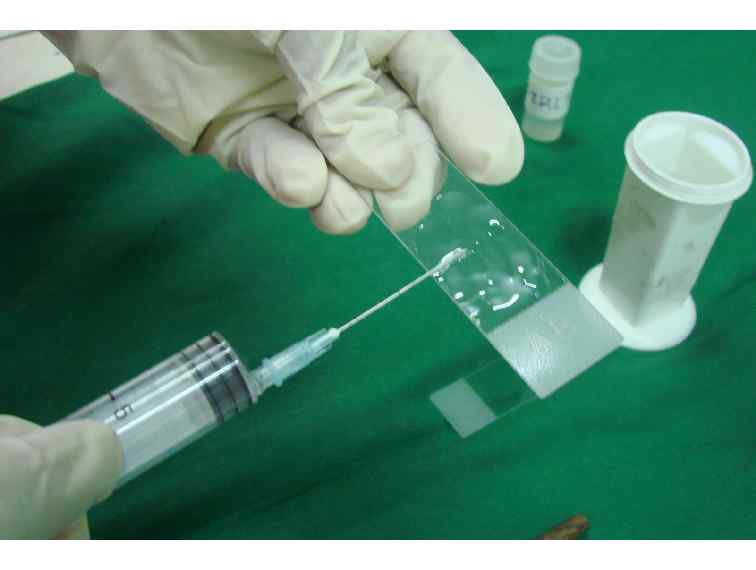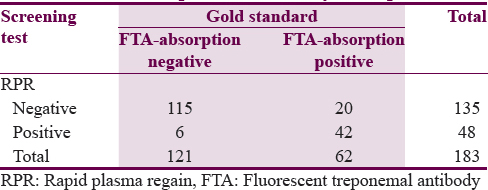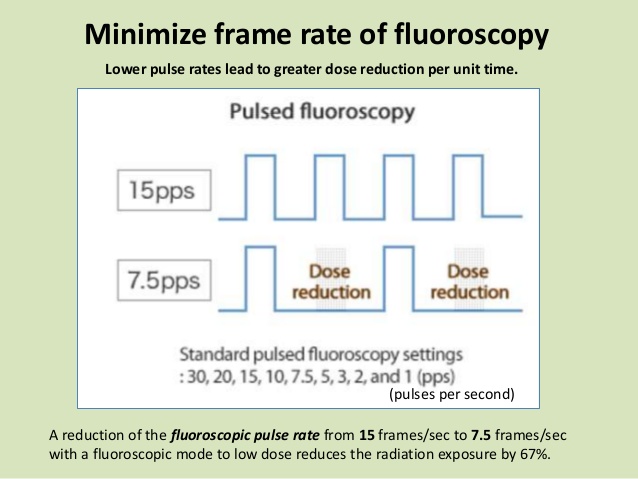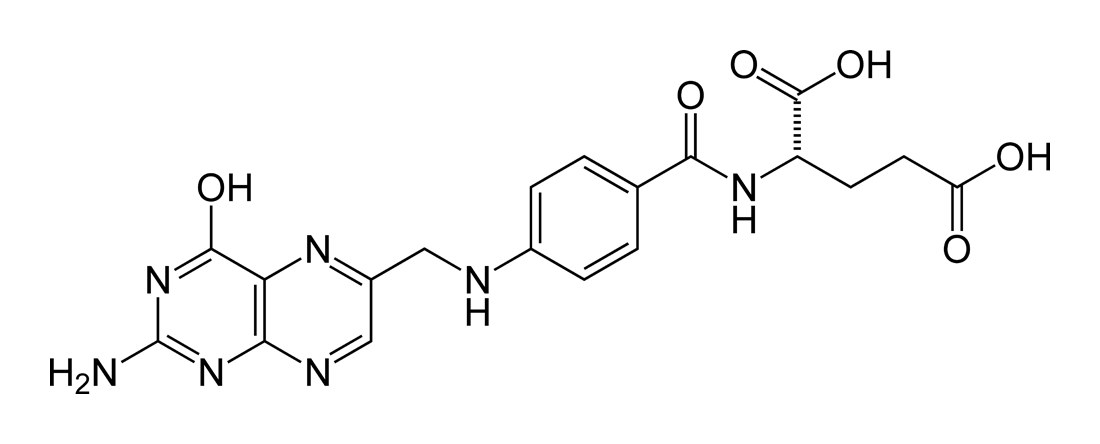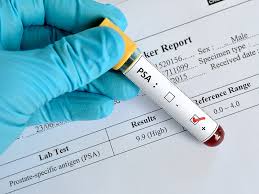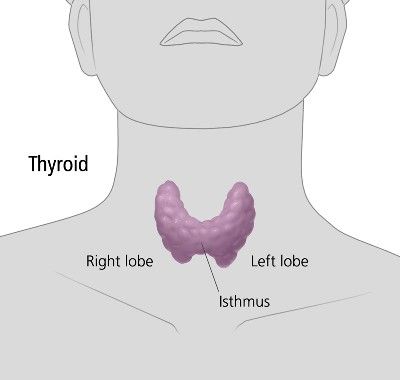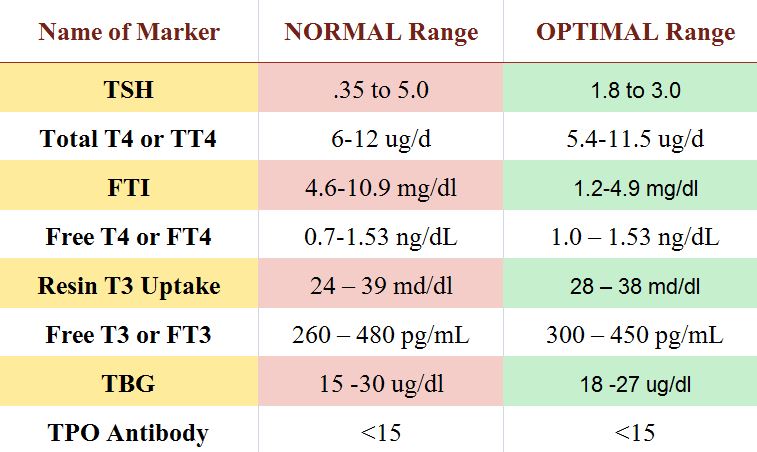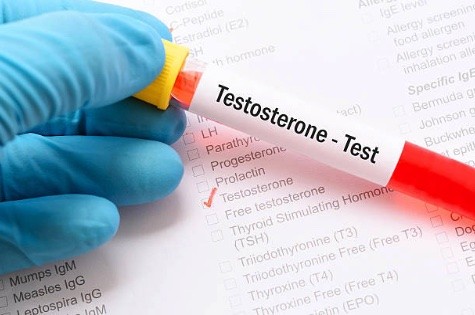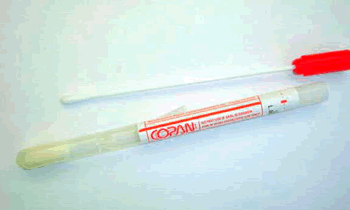Fungi are microbes that exist in nature as one-celled yeasts or as branching filamentous molds (also may be spelled "moulds"). Only about 20 to 25 species of fungi are common causes of infection. Fungal tests detect infections and sometimes identify the fungus and help guide treatment.
Fungal infections range from superficial skin infections to serious deep tissue, blood, lung, or systemic diseases.
Superficial fungal infections are very common. They may cause nail infections or itchy, red, scaly skin infections such as those commonly known as athlete's foot, jock itch, and ringworm, or yeast infections that cause white patches in the mouth (thrush) or vaginal itching and discharge. According to the Centers for Disease Control and Prevention (CDC), almost 75% of women will have at least one yeast infection in their lifetime.
Lung, blood, and systemic infections: less commonly, fungi cause serious lung infections, blood infections (septicemia), or systemic infections that can affect any organ in the body. Fungal lung infections typically start with the accidental inhalation of microscopic fungal spores. While anyone can get a serious lung or systemic fungal infection, most affected people will only experience mild to moderate flu-like symptoms. However, people who are immunocompromised, such as those with HIV/AIDS, organ transplant recipients, and people with an underlying condition such as diabetes or lung disease are at an increased risk of having a severe fungal infection, a systemic infection, and/or recurrent infections.
Fungal tests are used to detect and identify fungi in order to diagnose infections and help guide treatment. Fungal testing typically includes a microscopic examination of the sample on a slide, sometimes using a preparation or stain to aid in detection of fungal elements. This may be sufficient to determine that the infection is due to a fungus and, with superficial infections, no further testing may be required.
However, in cases of persistent, deep, or systemic infections when a more definitive diagnosis is needed, the microscopic exam may be followed by additional tests, such as culture and susceptibility testing, antigen or antibody tests, or molecular tests that detect fungal genetic material.



 Contact Us
Contact Us







 Hospitals
Hospitals
 Doctors
Doctors
 Diagnostic
Diagnostic
 Pharmacy
Pharmacy
 Health Tips
Health Tips
 Blog
Blog










